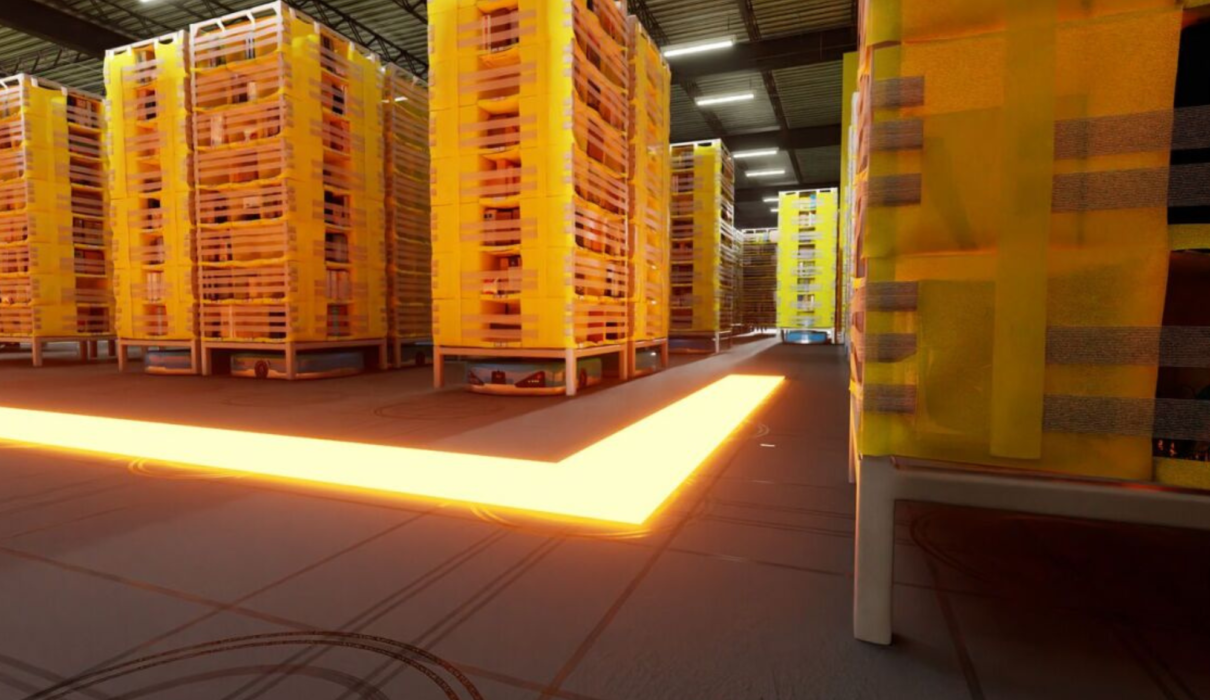Amazon has officially rolled out its 1 millionth robot across global fulfillment centers, a milestone made even more significant by the deployment of its in-house AI model, DeepFleet. This achievement underscores Amazon’s transformation from a retail giant into a technology powerhouse—leveraging artificial intelligence, robotics, and logistics optimization to reshape the future of commerce.
The star of this milestone is DeepFleet, a generative AI logistics system that coordinates autonomous warehouse bots to operate with 10% more route efficiency, reducing package congestion and optimizing space and time. These gains directly improve last-mile delivery, reduce warehouse delays, and support Amazon’s goal of faster and cheaper deliveries.
Unlike traditional automation, DeepFleet enables robots to self-learn and adapt to changing environments—re-routing in real time, predicting slowdowns, and even collaborating across floors. The AI coordinates an evolving ecosystem that includes agile mobile robots, robotic arms for picking, and sensors embedded in floors and inventory systems.
This robotics ecosystem now assists with 75% of Amazon’s total deliveries, according to internal estimates, signaling a technological shift in how retail operations are structured. In addition to the benefits of efficiency, this AI-led approach is allowing Amazon to cut warehouse labor needs significantly—bringing the average fulfillment center workforce to its lowest level since 2009.
Amazon insists that automation supports—not replaces—its workers. However, with DeepFleet and AI systems increasingly taking over logistics coordination, analysts see corporate back-office roles and even certain managerial functions at risk as AI grows smarter and more autonomous.
In essence, Amazon’s 1-million-robot milestone is about more than volume—it’s about intelligent automation and the dawn of AI-managed labor infrastructure.

